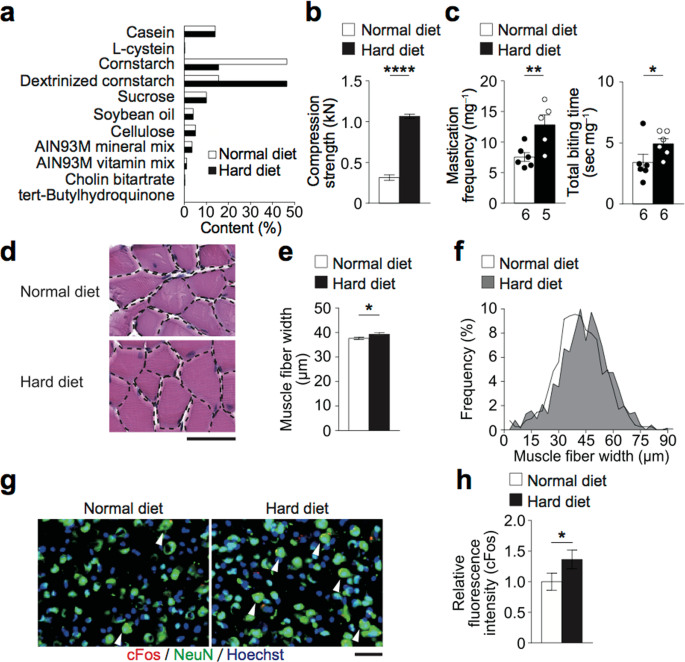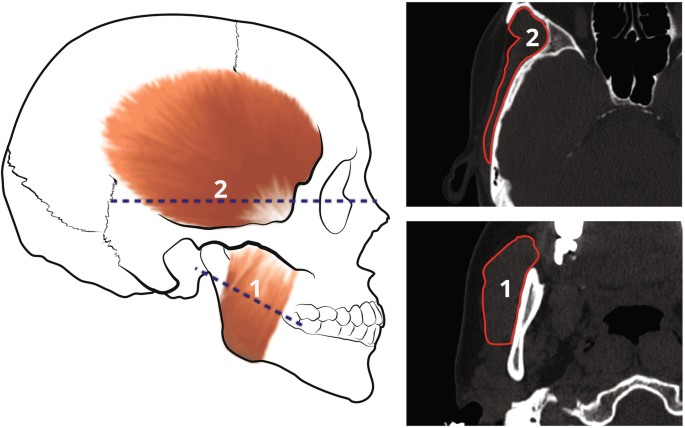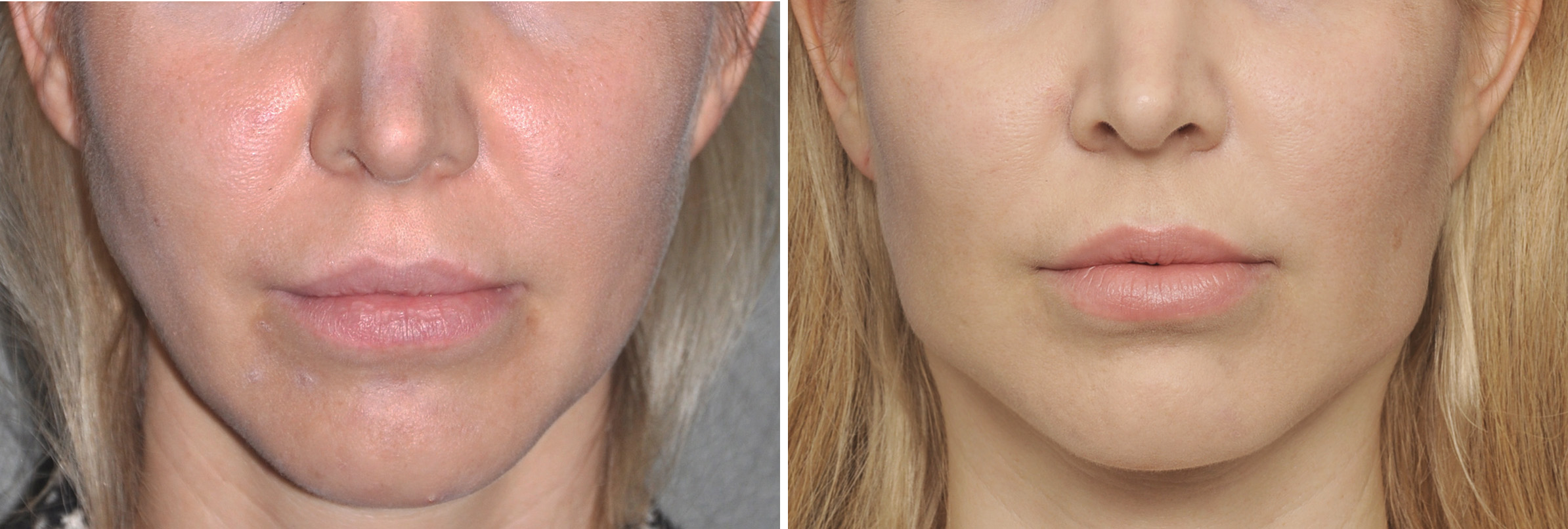Deleted member 10172
CEO of Cope
- Joined
- Oct 10, 2020
- Posts
- 8,495
- Reputation
- 11,863
- OP
- #51
so where do I chew, on the back of my teeth? do I have to do a certain motion?Mechanistically, increased mastication induced Insulin–like growth factor (IGF)-1 and suppressed sclerostin in osteocytes. IGF-1 enhanced osteoblastogenesis of the cells derived from tendon. Together, these findings indicate that the osteocytes balance the cytokine expression upon the mechanical loading of increased mastication, in order to enhance bone formation. This bone formation leads to morphological change in the jawbone, so that the bone adapts to the mechanical environment to which it is exposed.
Forceful mastication activates osteocytes and builds a stout jawbone - Scientific Reports
Bone undergoes a constant reconstruction process of resorption and formation called bone remodeling, so that it can endure mechanical loading. During food ingestion, masticatory muscles generate the required masticatory force. The magnitude of applied masticatory force has long been believed to...www.nature.com
1. The thickness of the masseter muscle (mean +/- SD) was 15.8 +/- 3.0 mm in the relaxed state and 16.7 +/- 2.7 mm at maximal clenching.
2. Masseter muscle thickness was negatively correlated with the mandibular plane angle.
3. Masseter muscle thickness was positively correlated with the mandibular ramus height (Cd-Go), and the thickness of the alveolar process and that of the mandibular symphysis. It is therefore suggested that masticatory function influences the morphology of the mandible.
There was a statistically significant difference in muscle thickness between subjects of different skeletal patterns. Significant positive correlation between masseter muscle thickness and posterior total face height, jarabak ratio, ramus height, mandibular length and significant negative correlations with mandibular plane angle, gonial angle and PP-MP angle were observed.
Masseter muscle thickness in different skeletal morphology: an ultrasonographic study - PubMed
This study indicates the strong association between the masseter muscle and skeletal morphology.pubmed.ncbi.nlm.nih.gov
Conclusion: This study indicates the strong association between the masseter muscle and skeletal morphology.
MMTC(Masseter muscle thickness relaxed) showed a significant, negative correlation with mandibular plane angle and gonial angle. Posterior facial height, symphysis width, intermolar width of maxillary first molars, maxillary width, and facial width (bizygomatic width) showed significant ( P < 0.05 or P < 0.01) positive correlation.
An ultrasonographic evaluation of masseter muscle thickness in different dentofacial patterns - PubMed
The masseter muscle thickness varied among the three vertical dentofacial patterns and sexual dimorphism also existed except in the hyperdivergent group. Masseter muscle thickness was found to be negatively correlated to vertical facial pattern and positively associated with transverse...pubmed.ncbi.nlm.nih.gov
Conclusion: The masseter muscle thickness varied among the three vertical dentofacial patterns and sexual dimorphism also existed except in the hyperdivergent group. Masseter muscle thickness was found to be negatively correlated to vertical facial pattern and positively associated with transverse craniofacial morphology.
A significant association was found between mandibular shape and muscle CSAs, i.e. larger CSAs are associated with a wider more trapezoidal ramus, more massive coronoid, more rectangular body and a more curved basal arch. Linear measurements yielded low correlations with muscle CSAs. In conclusion, this study demonstrates an association between mandibular muscle force and mandibular shape, which is not as readily identified from linear measurements. Retrodiction of masticatory muscle force and so of mandibular loading is therefore best based on overall mandibular shape.
Human mandibular shape is associated with masticatory muscle force - Scientific Reports
Understanding how and to what extent forces applied to the mandible by the masticatory muscles influence its form, is of considerable importance from clinical, anthropological and evolutionary perspectives. This study investigates these questions. Head CT scans of 382 adults were utilized to...www.nature.com
how many hours? can I chew small pieces of gum like 3-5 pieces? can I chew like 3 pieces for 5 hours a day?





